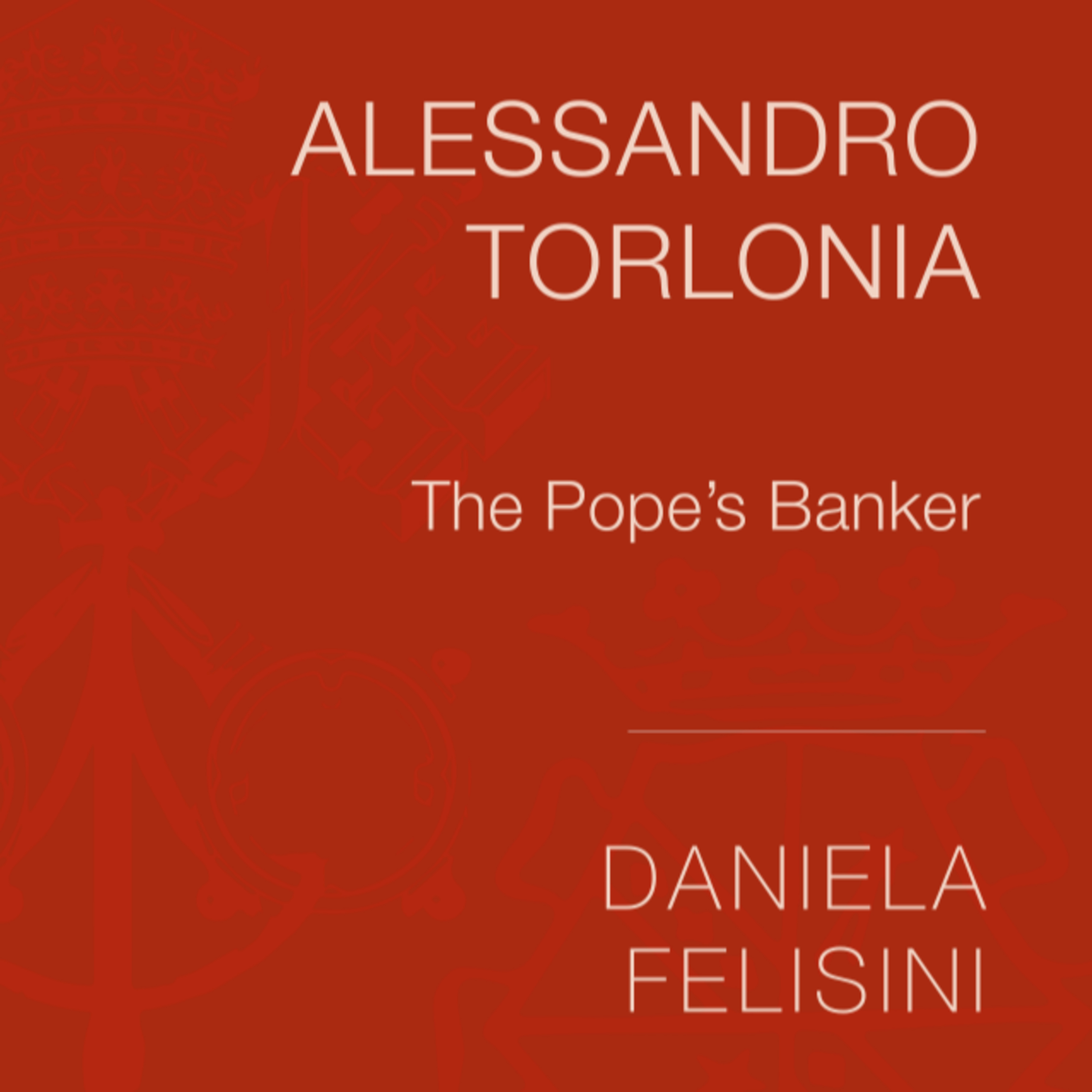Alessandro Torlonia, The Pope’s Banker
- Author
- Mana Bond Limited
- Published
- Wed 13 Nov 2024
- Episode Link
- https://podcasters.spotify.com/pod/show/mana-bond-limited/episodes/Alessandro-Torlonia--The-Popes-Banker-e2qtuj0
Timeline of Key Events
Late 18th century
Giovanni Torlonia emerges as a major banker in Rome, managing finances for the nobility and clergy.
The French Revolution and the occupation of Rome destabilize the financial system.
Giovanni adapts to the situation and establishes himself as a "city banker", providing services to the Roman Republic.
He accumulates land and property, laying the foundation for the future land empire.
His son Alessandro, future heir to the bank and the estate, is born.
Early 19th century
Pope Pius VII returns to Rome and restores temporal power.
Giovanni is appointed Court Banker, consolidating his position.
He continues to acquire land and property, often at favorable prices due to the financial difficulties of the Roman nobility.
Alessandro receives a privileged education and shows an early interest in business.
1820s
Giovanni is named Duke of Bracciano, joining the Roman aristocracy.
Alessandro joins the bank and begins working alongside his father.
Banco Torlonia finances public works and participates in agricultural development projects.
Giovanni dies in 1829, leaving Alessandro to manage the empire.
1830s
Alessandro consolidates his position as banker to the Pope, financing the papal public debt.
He begins a long and fruitful partnership with the Maison Rothschild, opening the bank to international markets.
Banca Torlonia expands, opening branches in several Italian and European cities.
Alessandro invests in railways, industries and participates in contracts for the management of fiscal monopolies.
He becomes an important patron and art collector, promoting his image and the prestige of his family.
1840s and 1850s
Alessandro continues with his policy of diversified investments, entering the real estate market and financing water companies.
He faces new challenges in the banking system, resisting the creation of new institutions such as Banca Romana.
He maintains a dominant role in financing the papal public debt, despite criticism and the economic difficulties of the Papal States.
1860s
The unification of Italy and the end of the temporal power of the Pope lead to profound changes in the economic and political context.
Alessandro decides to close the bank in 1863, choosing to focus on managing the family assets.
He remains an important public figure, contributing to the economic and financial debate of the new Kingdom of Italy.
